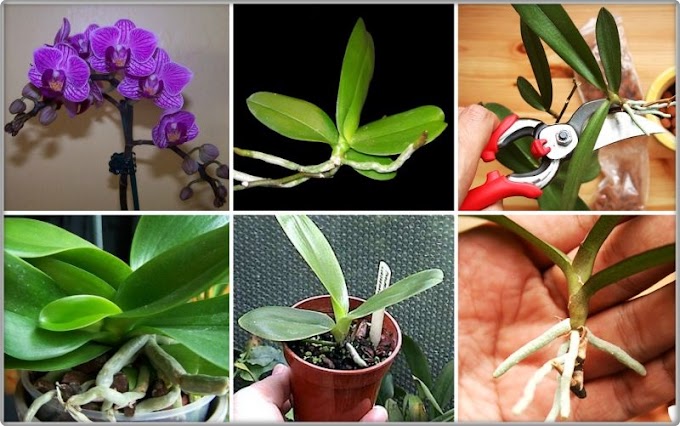Scientific Name
Rhipsalis baccifera subsp. horrida (Baker) Barthlott
Common Names
Mouse Tail Cactus
Synonyms
Rhipsalis horrida (basionym), Rhipsalis pilosam
Scientific Classification
Family: Cactaceae
Subfamily: Cactoideae
Tribe: Rhipsalideae
Genus: Rhipsalis
Description
Rhipsalis baccifera subsp. horrida is an epilithic and epiphytic cactus freely branching from the base, later also from towards the apex. The stems are pale green, with reddish-brown bristly spines, up to 20 inches (50 cm) long and up to 0.2 inch (0.5 cm) in diameter. The flowers are whitish-grey to red or brown and up to 0.2 inch (0.5 cm) in diameter.
Hardiness
USDA hardiness zones 9b to 11b: from 25 °F (−3.9 °C) to 50 °F (+10 °C).
How to Grow and Care
With its long, elegantly drooping stems and low-maintenance care needs, the Mistletoe Cactus makes an ideal choice for hanging planters. Place your cactus in an area that receives partial to full shade.
Use a gritty, well-drained, slightly acidic soil mix of two parts peat moss and one part sand, with bark chips mixed in to promote soil drainage. Keep the soil moist, but not waterlogged, during its growth season, which occurs from the early spring to late summer.
Never allow standing water on the surface of the soil, but don’t let the soil dry out completely. Let the topsoil dry out between waterings, but not the subsoil.
Apply a balanced, general-purpose fertilizer every 2 to 4 weeks during the plant’s growing season. Follow any instructions or warnings provided by the manufacturer when applying the fertilizer… – See more at: How to Grow and Care for a Mistletoe Cactus (Rhipsalis baccifera)
Origin
Rhipsalis baccifera subsp. horrida is native to Madagascar.
Rhipsalis baccifera subsp. horrida (Baker) Barthlott
Common Names
Mouse Tail Cactus
Synonyms
Rhipsalis horrida (basionym), Rhipsalis pilosam
Scientific Classification
Family: Cactaceae
Subfamily: Cactoideae
Tribe: Rhipsalideae
Genus: Rhipsalis
Description
Rhipsalis baccifera subsp. horrida is an epilithic and epiphytic cactus freely branching from the base, later also from towards the apex. The stems are pale green, with reddish-brown bristly spines, up to 20 inches (50 cm) long and up to 0.2 inch (0.5 cm) in diameter. The flowers are whitish-grey to red or brown and up to 0.2 inch (0.5 cm) in diameter.
Hardiness
USDA hardiness zones 9b to 11b: from 25 °F (−3.9 °C) to 50 °F (+10 °C).
How to Grow and Care
With its long, elegantly drooping stems and low-maintenance care needs, the Mistletoe Cactus makes an ideal choice for hanging planters. Place your cactus in an area that receives partial to full shade.
Use a gritty, well-drained, slightly acidic soil mix of two parts peat moss and one part sand, with bark chips mixed in to promote soil drainage. Keep the soil moist, but not waterlogged, during its growth season, which occurs from the early spring to late summer.
Never allow standing water on the surface of the soil, but don’t let the soil dry out completely. Let the topsoil dry out between waterings, but not the subsoil.
Apply a balanced, general-purpose fertilizer every 2 to 4 weeks during the plant’s growing season. Follow any instructions or warnings provided by the manufacturer when applying the fertilizer… – See more at: How to Grow and Care for a Mistletoe Cactus (Rhipsalis baccifera)
Origin
Rhipsalis baccifera subsp. horrida is native to Madagascar.




